This is an overview of the scientific projects I worked on during my previous career as a physicist. For a more accessible explanation of what I worked on, go to What is...?.
Among all the useful and interesting properties of surface plasmons, it is often taken for granted that they behave like two-dimensional light waves. This property of plasmons gives rise to some interesting experiments in itself. Measuring the topological charge of an optical vortex and playing with spin-orbit coupling are some of the tricks I experimented with.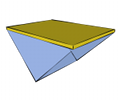
Anomalous surface plasmon dispersion
I manufactured aluminum layers that support surface plasmon pulses which travel faster as their frequency increases. That’s called anomalous dispersion (which doesn’t mean it’s unexplained — it’s a silly name) and it’s used as the basis for all kinds of nifty effects.
Spin-orbit coupling in subwavelength apertures
I designed and measured a nanostructure which converts spin angular momentum of light into orbital angular momentum, making use of a surprising property of subwavelength slits in a metal layer. I’m preparing a paper that analyzes how the shape of the nanostructure controls the relation between topological charge and orbital angular momentum per photon.
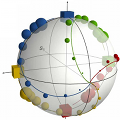
Plasmonic quarter-wave plate
The suprising phenomenon that a subwavelength slit in a metal film can act as a quarter-wave plate was an accidental discovery by my co-worker Nikolay Kuzmin. I researched this phenomenon and developed an intuitive model explaining it.
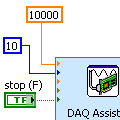
Teaching LabVIEW
From 2010–2012, I taught LabVIEW to physics and math majors at Leiden University, together with Alex Siemens. We gave the students the basics of LabVIEW and guided them through the design of a PID controller and a project of their own choosing, in order to prepare them for their experimental research project at the end of their degree. I also worked on editing the course manual and making sure it was up to date.
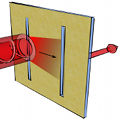
Plasmonic beam tomography
I created a new way to measure the topological charge of an optical vortex without an interferometer, by placing a plasmonic nanostructure in the transverse plane of the beam. (Roughly speaking, I measure the twistiness of a twisty light beam.) I used an ‘emitter’ slit in a metal layer to excite surface plasmons that travel along the metal surface to a ‘receiver’ slit. Observing the diffraction yields the topological charge.
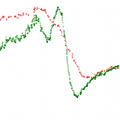
Narrowband CARS spectroscopy
I worked with coherent anti-Stokes Raman scattering for the purposes of recording vibrational spectra of molecules down to 900 cm-1.